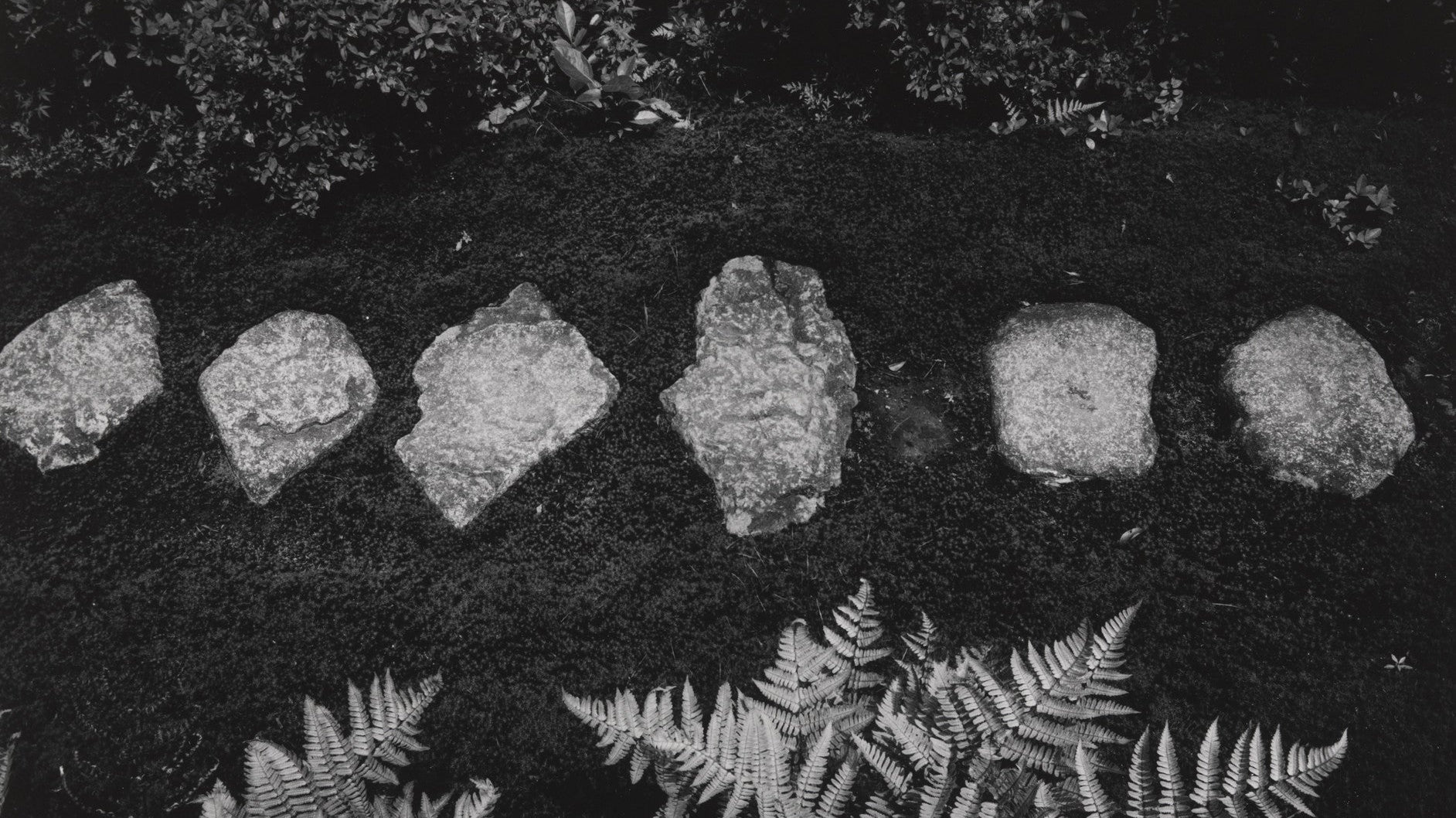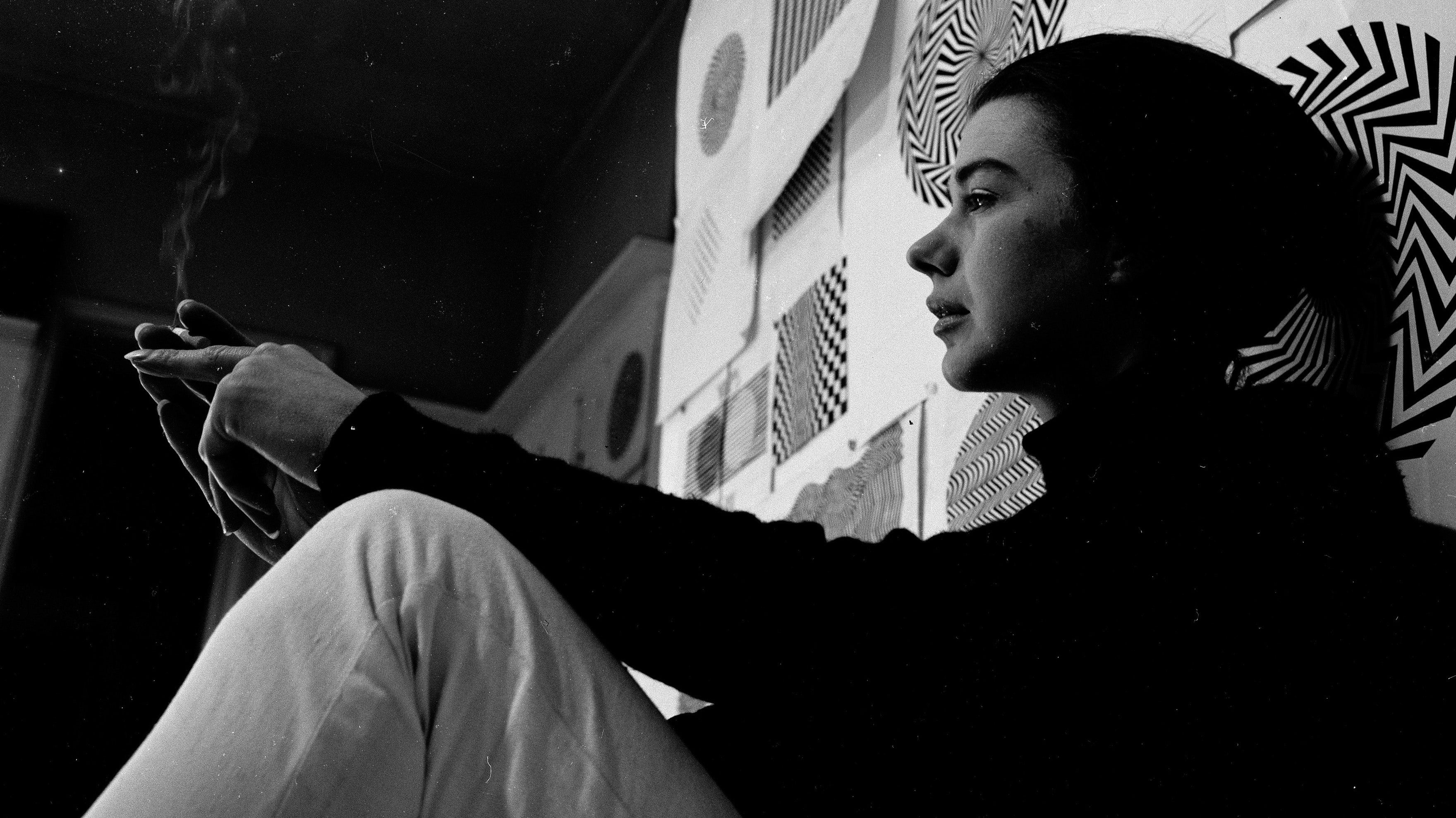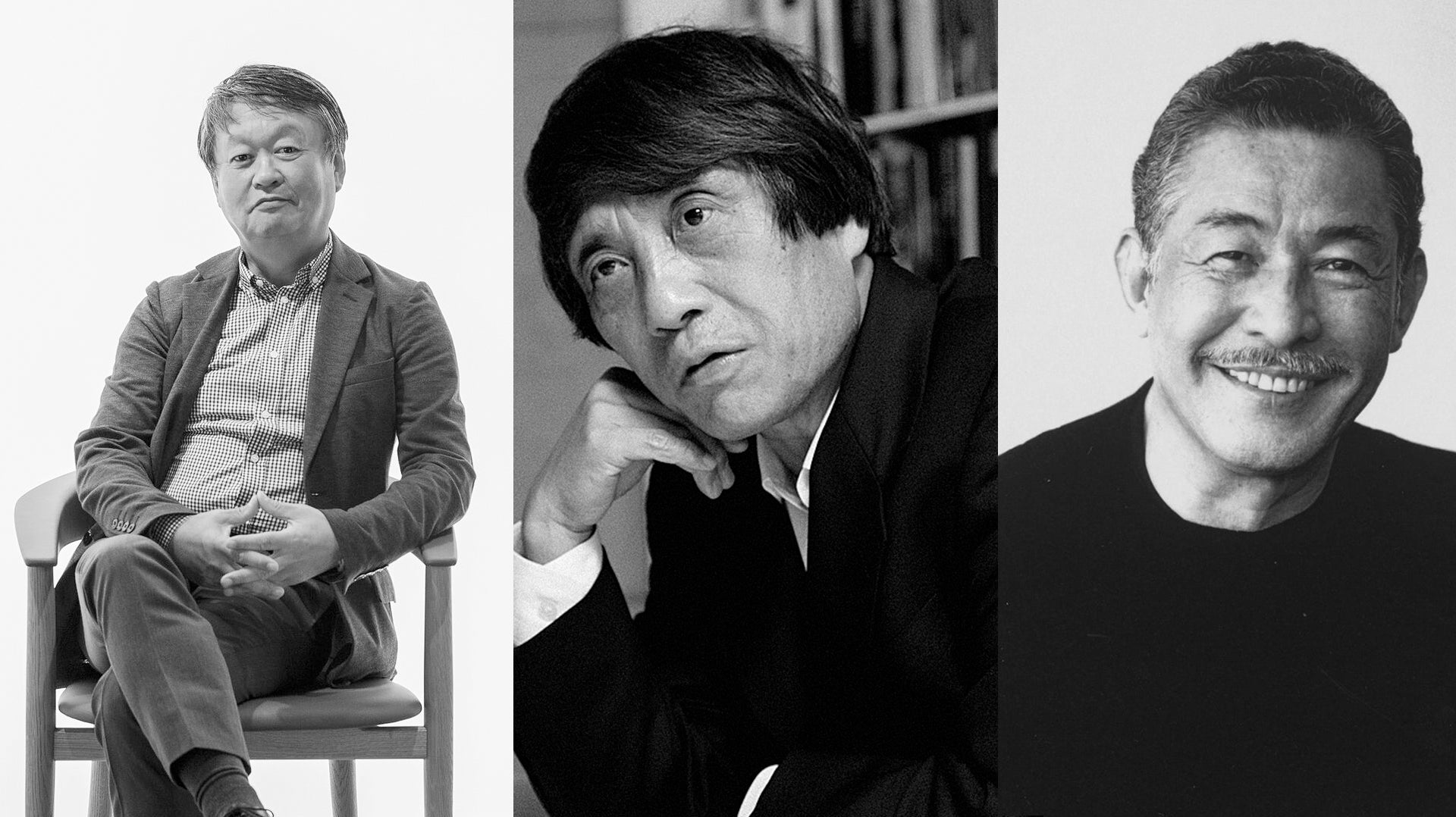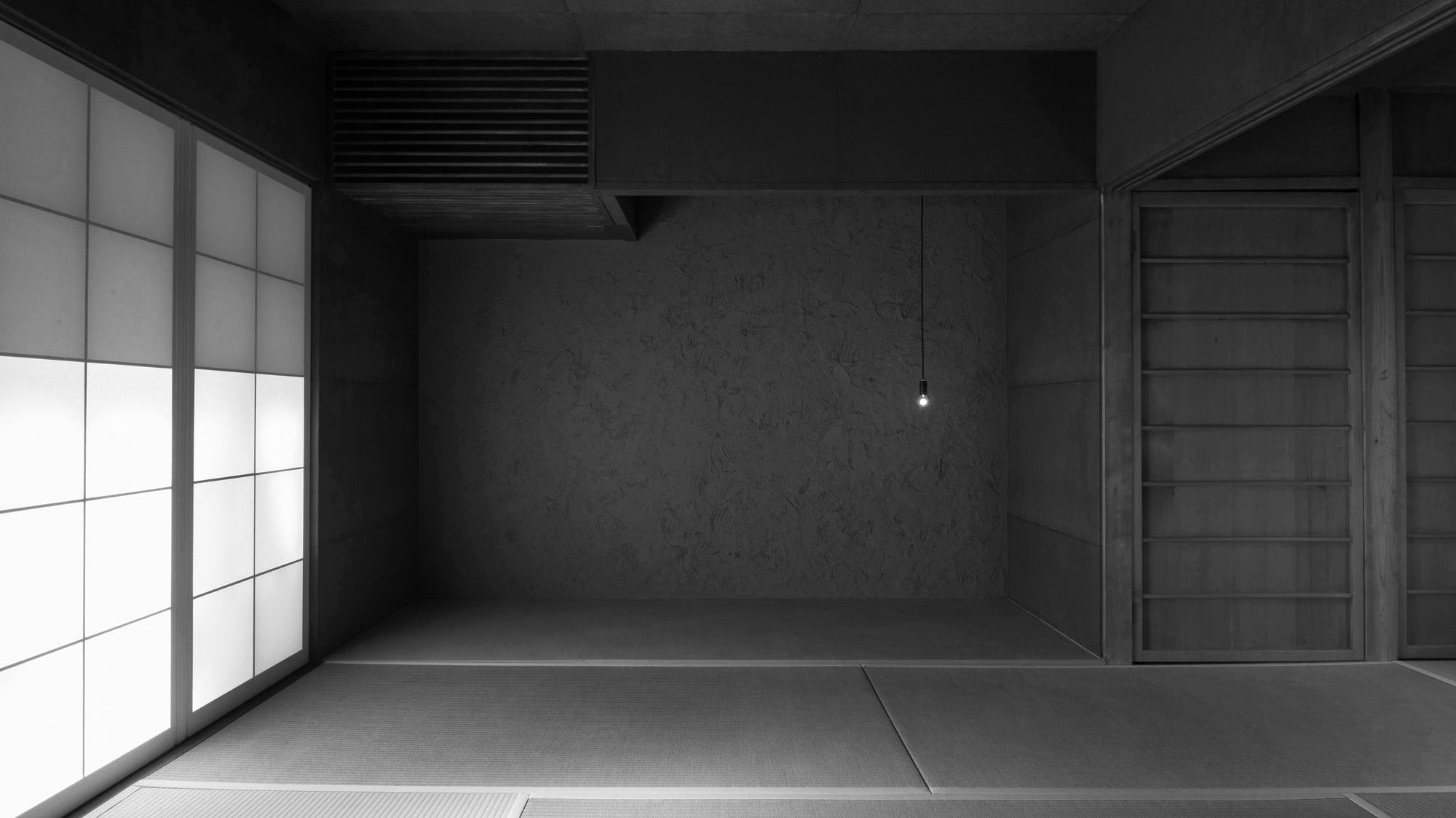In our previous article, we explored the distinctions between Minimalism and Wabi Sabi. However, did you know that there is also a design style called "Japandi"? This style has become an interior design trend in recent years. It essentially fuses Japanese and Scandinavian design principles, creating a unique aesthetic that harmonizes simplicity, functionality, and a connection to nature. In this article, let's learn about Japandi style and understand how it achieves a perfect balance between two rich design traditions.
(Japandi Style: A Contemporary Fusion of Japanese and Scandinavian Design - dans le gris)
(Japandi Style: A Contemporary Fusion of Japanese and Scandinavian Design - dans le gris)
What is Japandi Style?
Japandi is a design style that fuses Japanese and Scandinavian minimalist aesthetics. The term "Japandi" is a combination of "Japanese" and "Scandi." The marriage of these two distinct design traditions creates a minimalist yet warm atmosphere, characterized by mainly neutral tones and the use of natural materials. The smooth, functional style of Scandinavian design blends with the elegance of the Japanese aesthetic, making it a new choice for modern people.
Before we learn more about Japandi style, it is essential to discuss Japanese and Scandinavian design principles separately. The Scandinavian design movement emerged in the 20th century in the Nordic countries of Denmark, Finland, Iceland, Norway, and Sweden. The principles of Scandinavian design are rooted in a combination of aesthetic and philosophical values, emphasizing simplicity, functionality, and coziness. In contrast, Japanese design aims to create a harmonious and serene atmosphere that reflects a profound appreciation for nature, simplicity, and craftsmanship. It is also deeply rooted in Japanese aesthetics, such as Wabi Sabi. Below, let's explore how Japandi combines these two design styles and embodies their unique advantages.
(Japandi Style: A Contemporary Fusion of Japanese and Scandinavian Design - dans le gris)
The Key Elements of Japandi Style
(Japandi Style: A Contemporary Fusion of Japanese and Scandinavian Design - dans le gris)
01. Natural Materials
Japandi style continues the Danish concept of "hygge," which means taking time away from the daily rush to be together with people you care about, or even yourself. Slow down, try to relax, and enjoy the small joys in life. This also represents that Japandi focuses on creating a warm atmosphere. In Japandi spaces, you do not feel distant; instead, you feel welcomed. Due to this idea, the choice of materials in Japandi is extremely important.
One of the main principles of Japandi style is the use of natural materials. Whether it is Japanese design or Scandinavian design, both purposefully integrate the natural world into the living space. This influence is also manifested in Japandi style, which incorporates wooden elements, large plants, and raw materials. This emphasis on natural elements not only connects the space to nature but also adds warmth to the environment.
(Japandi Style: A Contemporary Fusion of Japanese and Scandinavian Design - dans le gris)
02. Muted and Neutral Color Palette

Photo Credit: Norm Architects
Japandi style favors muted and neutral colors with earthy tones. Given the emphasis on a connection to the natural world in both Japanese and Scandinavian design, the choice of earthy tones not only mimics the natural environment but also reflects a profound admiration for nature. Japandi style emphasizes a feeling of tranquility and calm, where muted and neutral colors effortlessly contribute to creating this soothing effect.
However, these colors simply contribute to the concept of Japandi style; there are no strict regulations within Japandi. Black and white can also work effectively in creating contrasting accents, offering a timeless feel in Japandi spaces. The crucial factors to consider in Japandi style are achieving balance and creating a tranquil atmosphere; we don't need too many colors. A useful tip to maintain the style's simplicity is to limit the combination of colors to a maximum of three to four in the space.
(Japandi Style: A Contemporary Fusion of Japanese and Scandinavian Design - dans le gris)
03. Minimalism

Photo Credit: Karimoku Case Study
A core element in Japandi design is minimalism. In Japandi-style spaces, rich decorations and clutter are notably absent, as the design style favors simplicity. The deliberate simplification of Japandi style aims to create order and evoke serenity in the space. Inspired by Japanese design principles, Japandi embraces the concept of "Ma," which refers to the thoughtful use of empty space.
Minimalism in Japandi is not just about aesthetics but also about purpose. Every object in Japandi style is intentional and serves a functional purpose. This echoes the Scandinavian design principle, always designed with practical use in mind; therefore, the form of an object is directly influenced by its intended function. Japandi style allows us to have aesthetics and functionality concurrently, making it adaptable to different kinds of places.
(Japandi Style: A Contemporary Fusion of Japanese and Scandinavian Design - dans le gris)
04. Attention to Craftsmanship and Quality

Photo Credit: Norm Architects
Both Japanese and Scandinavian designs place significant emphasis on craftsmanship and quality. Therefore, Japandi style also showcases these features. It involves a thoughtful selection of materials, attention to detail, and a commitment to creating objects that are not only functional but also reflect the beauty of simplicity and a connection to nature. Choosing craftsmanship and quality items not only adds authenticity but also sophistication. These cultural influences result in Japandi style becoming a design language that is both refined and functional, a perfect fusion of both design cultures.
(Japandi Style: A Contemporary Fusion of Japanese and Scandinavian Design - dans le gris)
05. Timeless Aesthetics

Photo Credit: Audo Copenhagen
Have you ever noticed that these styles never become outdated; instead, they embody timeless aesthetics? Japandi style is not only about immediate functionality but also about creating things that stand the test of time. The fusion of Japanese and Scandinavian influences in Japandi creates a balanced design that transcends specific time periods. The simplicity of Japandi style allows it to adapt to changing tastes and interior design trends, which is also the reason it has become a contemporary trend in recent years.
In Japandi style, the idea of sustainability is crucial, meaning that careful consideration is given to the selection of furniture, decorations, and every object in the space. Unlike trendy items that may quickly fall out of fashion, Japandi style stands the test of time. This intentional approach not only reduces the need for frequent updates but also fosters a deeper connection between the occupants and their living spaces.
(Japandi Style: A Contemporary Fusion of Japanese and Scandinavian Design - dans le gris)
Continue Reading:
• Minimalism vs. Wabi Sabi: Embracing Simplicity in Design and Life
• What is Wabi Sabi? Embracing the Beauty of Imperfection
• 7 Japanese Aesthetic Principles to Embrace Wabi Sabi
(Japandi Style: A Contemporary Fusion of Japanese and Scandinavian Design - dans le gris)
About Us
Dans Le Gris is a brand that began with everyday jewelry, with each handmade piece designed and crafted in Taiwan. We deeply value every detail, dedicating ourselves to creating timeless pieces through collaboration with experienced craftsmen.
In our journal, we provide irregular updates featuring articles about art, culture, and design. Our curated content encompasses diverse aspects of life, with the aspiration to offer meaningful insights and inspiration.






